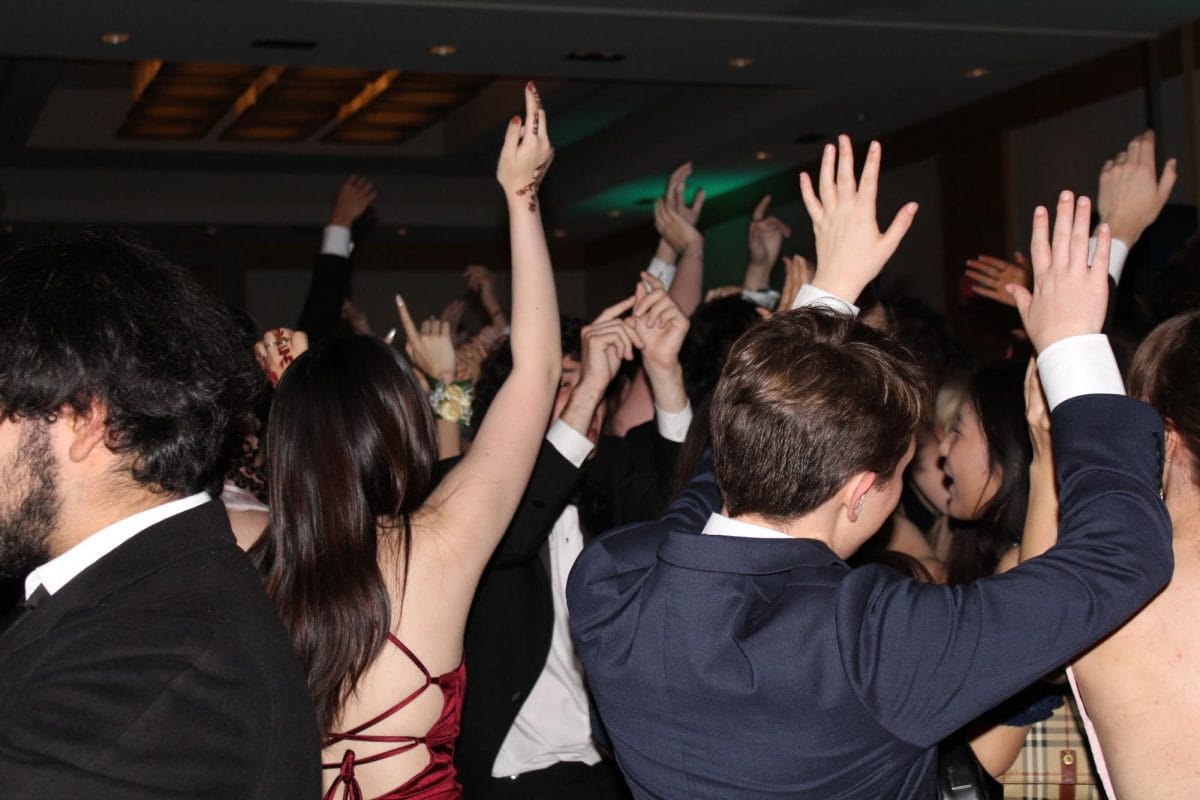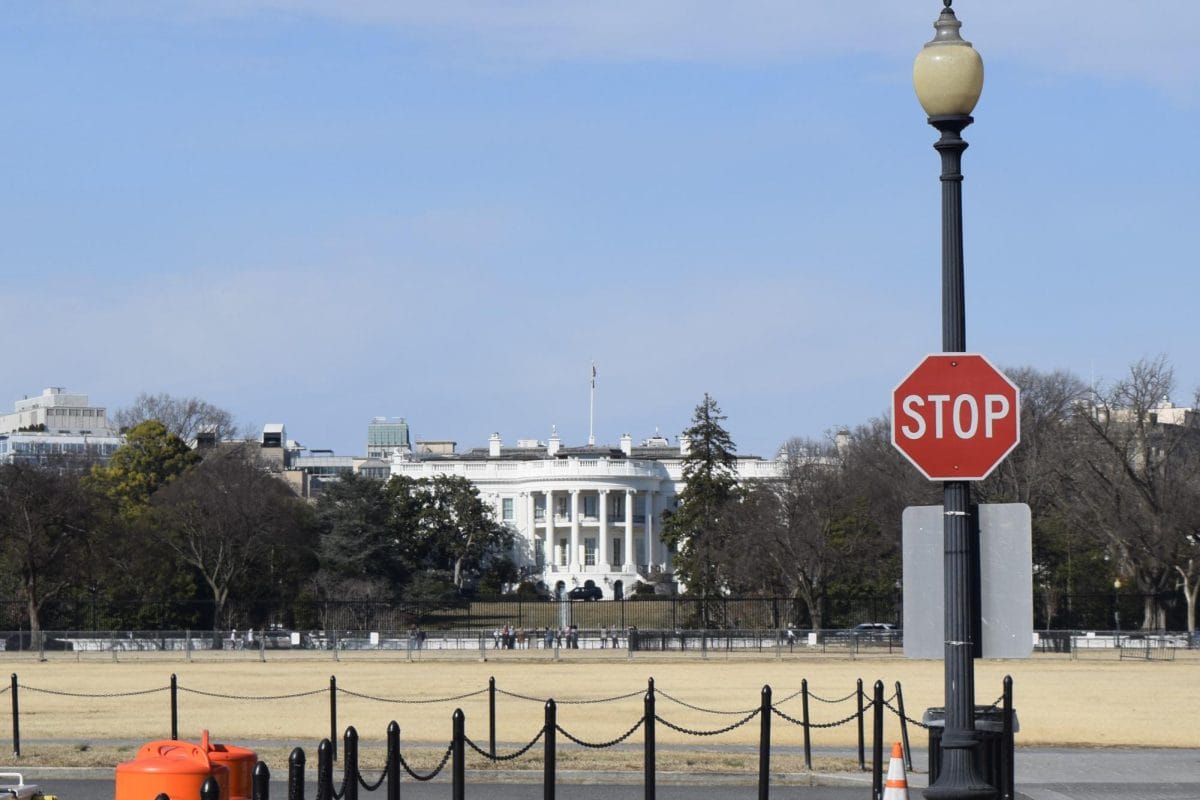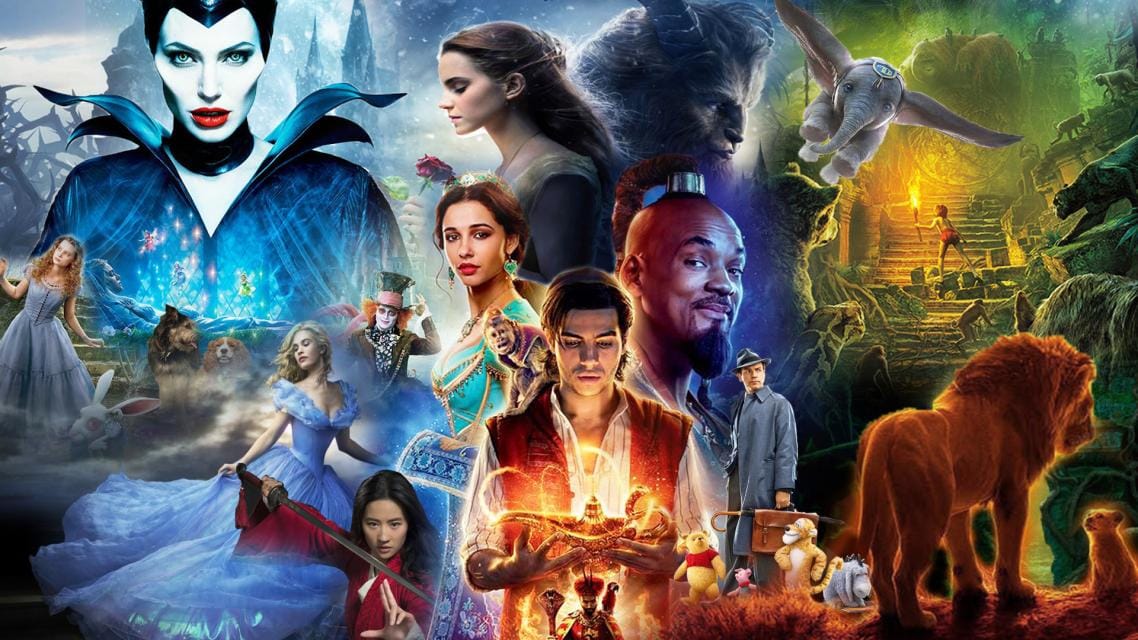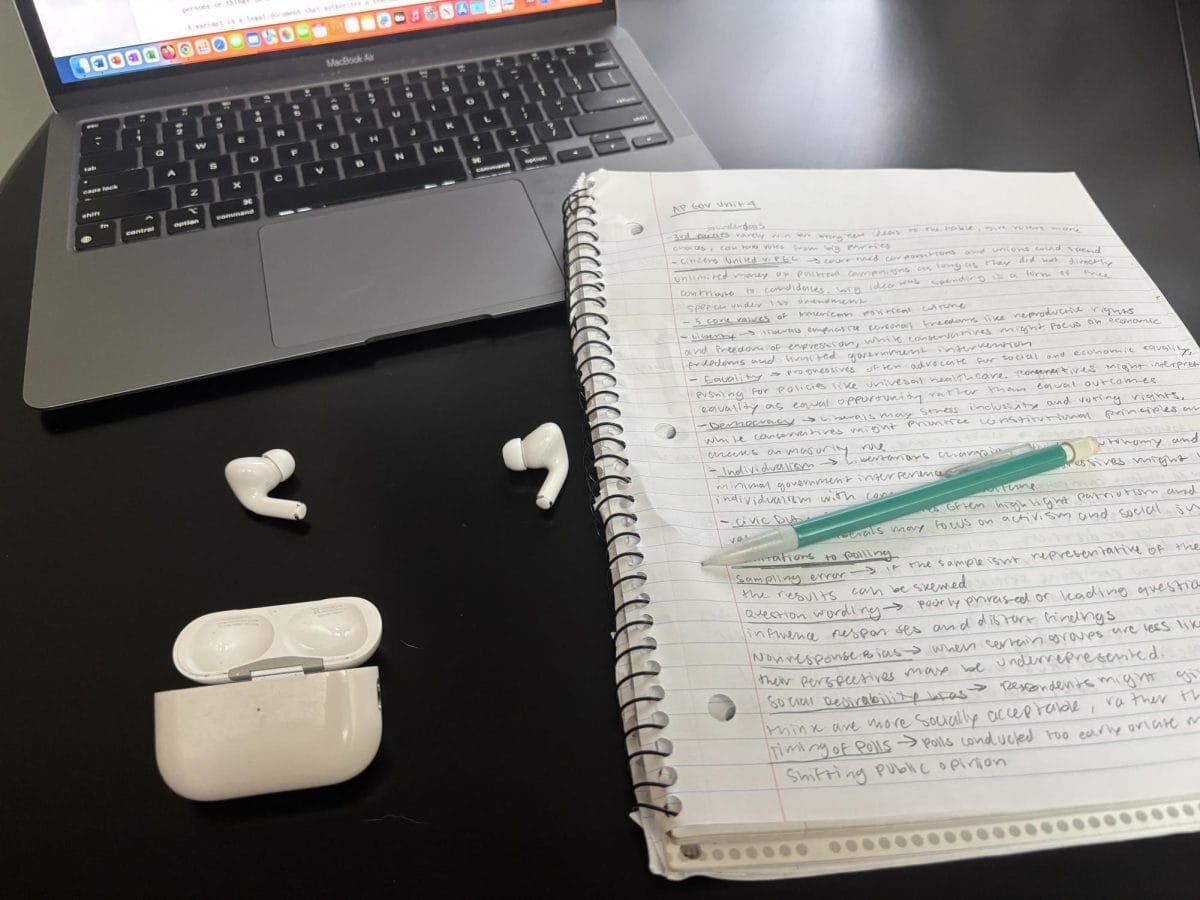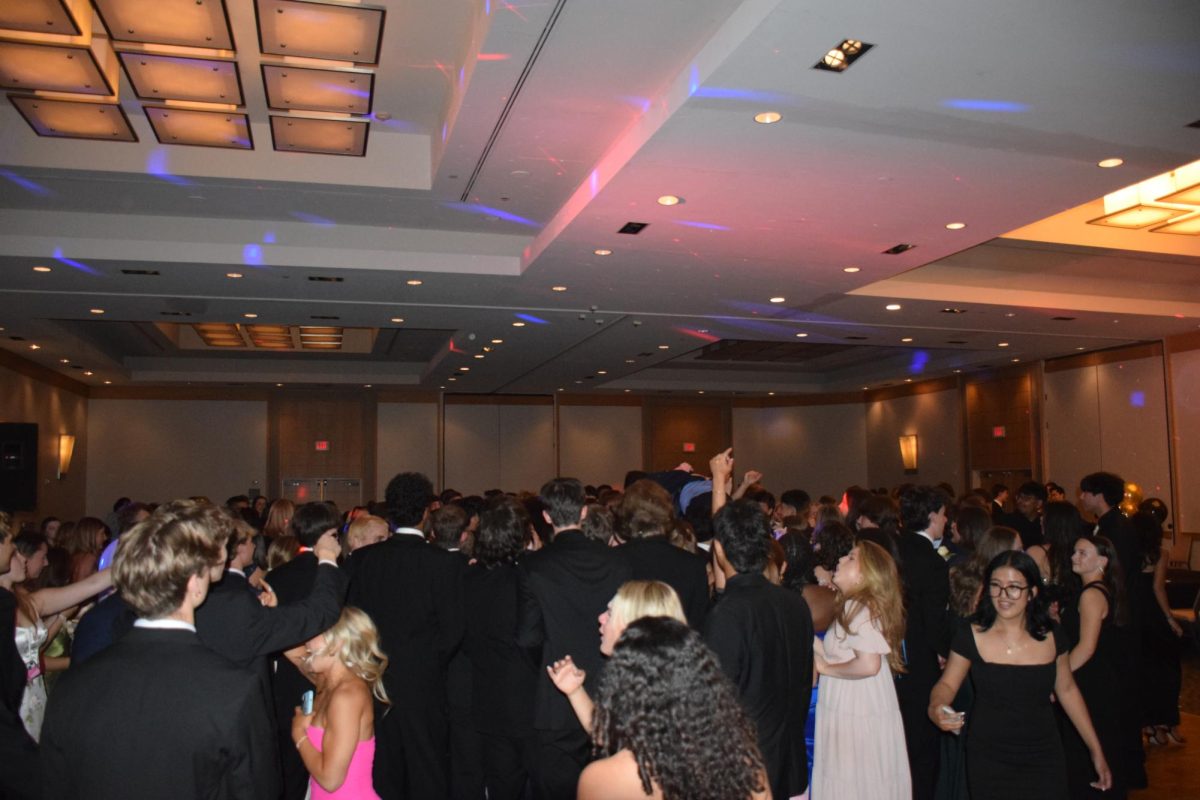Art and power have long been intertwined. Whether in the halls of the great castles of Renaissance Europe or in the Smithsonian Museums in downtown D.C., paintings of powerful people are everywhere, their likenesses forever preserved in oil and on canvas. Portraits have built a connection to power over the centuries and perhaps this is why all of our United States presidents have had their likenesses painted, all the way from George Washington to George Bush.
On Feb 12, 2018, the National Portrait Gallery unveiled the latest paintings in the Presidential Portraits collection: the official portraits of President Barack Obama and First Lady Michelle Obama. Barack Obama’s portrait was painted by the innovative Kehinde Wiley and Michelle Obama’s by the brilliant Amy Sherald. It is the first time in history that both of the artists chosen to paint the official portraits were African American, and when this fact is juxtaposed with the legacy of their subjects, first African American presidential couple, the paintings provide more than a simple commemoration of our leaders. Rather, when coupled with the current political climate and the evidence that the social gains of the civil rights, and Black Power, and Obama eras are, with a vengeance, being rolled back, these portraits are as equally thought-provoking as they are stunning (New York Times).
Barack Obama’s portrait instantly evokes thought. Filled with vibrant colors, it draws the eye from the surrounding paintings in the gallery of America’s president America’s Presidents Gallery directly to its subject. Obama is seated, dressed in an iron-grey suit, against a backdrop of tropical forage spattered with colorful flowers. Each of the flowers represents a different piece of Obama’s history; there are “African blue lilies to represent Kenya, his father’s birthplace; jasmine [which] stands for Hawaii, where Obama himself was born; chrysanthemums, the official flower of Chicago, reference the city where his political career began, and where he met his wife” (The New York Times). Wiley’s careful strokes portray Obama himself as thoughtful and serious; Obama’s bright brown eyes seem to follow the viewer with a solemn intensity, forcing you to think about his legacy as the first African American president.
Wiley’s unique style comes across in Obama’s portrait and forces the viewer to confront issues of race and politics in America both with its subject and the history of Wiley himself. Obama’s portrait creates a contrast from Wiley’s wider body of work. Wiley began his work by painting from photographs of young men in Harlem. He became known for depicting the working class and the poor, African Americans who had no power. Wiley would then take these people and place them in positions historically associated with power, thereby utilizing his contemporary style to awake complex issues that many would prefer remain mute (Kehinde). The painting of Obama was exactly the opposite. Wiley painted an African American man already in a position of the utmost power, and in doing so, further turned the status quo on its head.
Amy Sherald’s painting of Michelle Obama evokes a similar, yet subtly different set of emotions. In her portrait, Michelle is equally serene, stunning, cool and powerful. As you walk down the hallway where the painting holds court, your head is literally turned to catch a glimpse of it. Michelle sits, an elegant hand under her chin, one eyebrow slightly raised, her gown fanning out around her in a geometric swirl. Sherald’s paintings are well known for their African American subjects whose skin she paints in shades of grey and charcoal rather than black or brown. This style has a unique effect on a figure as well-known and influential as Michelle Obama; it makes her startlingly real and reachable.
“I have come to think of what I’m doing as an American painter in some ways is very similar to American Realism, which is painting the lives, and realities of everyday people. It’s not all about countering stereotypes, but it is also about making mirrors,” Sherald said (The Baltimore Sun).
Realism aside, the painting still caused some to drop their jaws, especially Parker Curry, a two-year-old who went viral after her picture was snapped in front of the portrait of the former first lady. Sometime after she started trending, Parker eventually got to meet Michelle. There are touching videos of Parker and Michelle dancing to Taylor Swift’s hit song “Shake It Off”, which continues to reinforce the idea that the Obamas are leaders who deeply care about how they touch the lives of others, and this will continue to shape their legacy.




